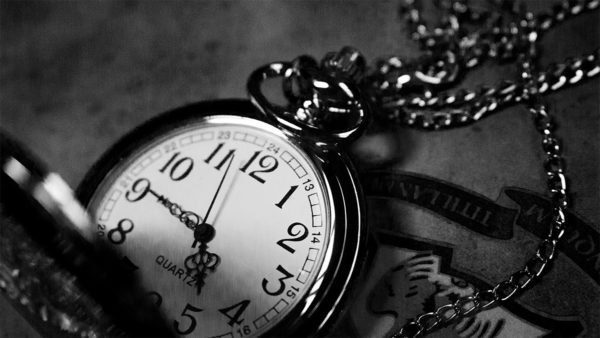A word of advice to small- and medium-sized nonprofits: don’t “rest” your donors for too long after year-end.
I was taught – via stories and data – that the single biggest predictor of whether a donor would give a gift is how recently the donor had given a gift.
Put slightly differently – the more recently a donor has given a gift, the more likely that donor is to give you another gift. This is the “Recency” in classic RFM “Recency Frequency Motivation” modeling.
We had a client who didn’t believe this was possible. So we tested it.
We sent out an appeal in late January. (I should mention that they didn’t want to do this because they thought it would “bombard” their donors who had just been asked a lot at year-end. But everything we’d been doing for them was working great. So they trusted us enough to try it.)
The appeal did GREAT. Response rate and net revenue were huge wins.
Then we analyzed who gave to the appeal. Specifically, we looked at how recently each donor had given a gift.
- The single largest group of people who gave were the people who had given the previous month (December).
- The second largest group of people who gave were the people who had given two months prior (November).
- The third largest group of people who gave were the people who had given three months prior (October).
- The fourth-largest group of people who gave were the people who had given four months prior (September).
- The fifth-largest group of people who gave were the people who had given five months prior (August).
Etc.
The test showed the organization that what I’d been saying was true.
Now, should you ask a Major Donor to give another gift the month after she gave a substantial gift? Nope. How about a Foundation who just gave you a grant? Also nope. And of course, there are additional and more sophisticated segmentation analyses.
But here’s what should happen for donor communications that you send to everyone…
Your Takeaways
What should you and your organization do with this information? I suggest three important takeaways:
- Realize (and share internally) what a big role recency plays in who gives to your fundraising. You’ll become a smarter organization immediately. Because will you mail all your appeals to donors who haven’t given a gift in 36 months? Nope. That means money saved.
- Don’t wait too long to ask your donors after they’ve given a gift. Every month you wait reduces the chance they will give.
- Ask more often. I love this part – when a woman at the organization reviewed the results of the test, she said something brilliant. She looked at me and said, “We should be giving our donors more chances to help, shouldn’t we? Because every time we’ve been ‘resting’ our donors, we’ve accidentally been lowering how much money we raise, right?” Exactly right. It was a joy to watch “the light go on” for her, and then to watch that organization raise more money that year as they started communicating with their donors more.
As I write this, It’s early January. And it’s important to Thank your donors in a meaningful way in January. But don’t wait too long to Ask your donors for support again. We Fundraisers should constantly be learning from the past by letting tests like the one above show you how to raise more money!
Steven Screen is Co-Founder of The Better Fundraising Company and lead author of its blog. With over 30 years' fundraising experience, he gets energized by helping organizations understand how they can raise more money. He’s a second-generation fundraiser, a past winner of the Direct Mail Package of the Year, and data-driven.









Great post. Do you have any insight into how much is too much in terms of asking?